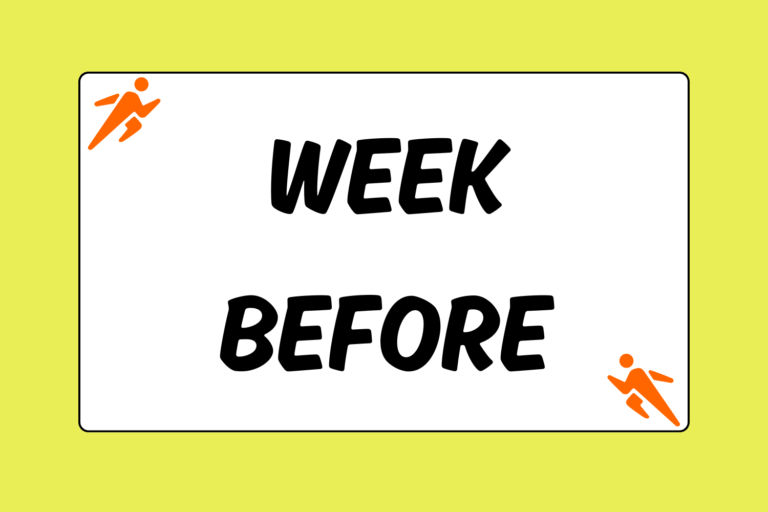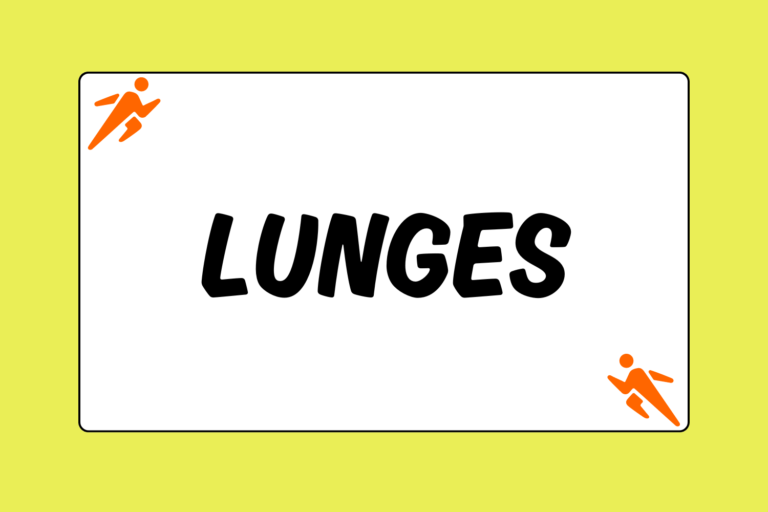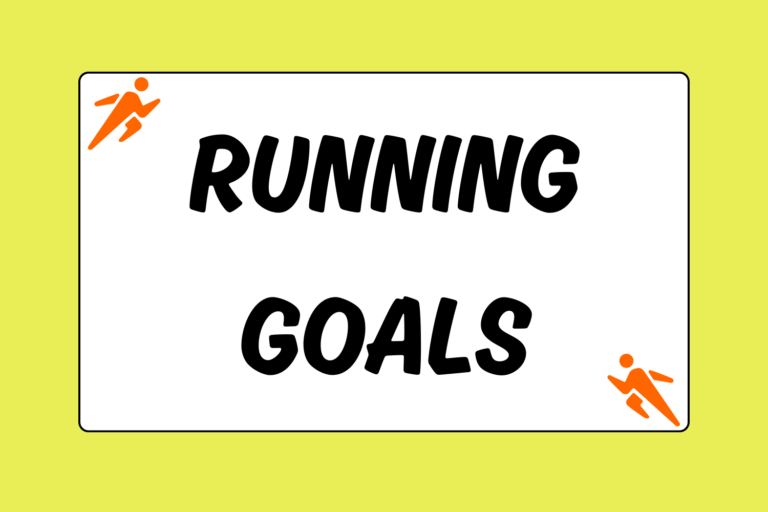Should runners stretch?
This little question has long been the source of debate in the world of sports science. Some studies claim that stretching is the No. 1 tool for improving performance and preventing injuries. Other studies show the exact opposite: That stretching leads to more injuries and is inadequate for certain athlete endeavors. But how can that be? Which studies are right?
As with any debate based on such black-and-white arguments, the solution to our stretching woes seems to lie somewhere in the middle.
Below are some inferences drawn from the most recent studies, some on one side of the debate (stretch!), some on the other side (don’t do it!), and some that take the middle ground (only do it if you do it a certain way). Use the information to draw your own conclusions.
Don’t Stretch an Injury
When faced with a new or chronic injury, a runner’s instinct is usually to start an intense stretching regimen for that area. This is actually a very bad idea. Stretching an acutely sore body part will contribute to slight tears and strains in the muscle or tendon fibers, so instead of stretching the injury, back off for a bit and let it heal.
Then, once the pain has receded, start a stretching/strengthening program to prevent the injury from reoccurring.
The Achilles Tendon: Be Careful
The Achilles tendon is a problem area for many runners. One of the worst things an athlete can do when nursing a sore Achilles is to stretch it by just hanging your heel off a step.
Instead, place one foot against the wall with the second foot stabilizing from behind. Using the wall helps the tendon and calf stretch lightly with the proper angle and range of motion, whereas using a step not only lengthens the tendons past their natural state, but also does so in a passive manner–in other words, the soft tissue is not being strengthened while it is being stretched out.
Studies have found that the key to a healthy calf and Achilles is to strengthen the area while improving range of motion. This means doing heal raises instead of just hanging off the edge.
Heel Raises:
- To do a proper heel raise, place your toes on a step or ledge.
- Start with your heel high above the step, so that your foot makes an upward angle away from the ground.
- Lower the heel to the count of ten (until the heel is slightly below the step).
- Lift back to the tip toes on the count of one.
- Perform the entire movement 5-10 times.
Hot Tip: Eccentric Exercises
The heel raise described above is called an eccentric exercise. This type of exercise strengthens the muscle fibers as they are being lengthened.
For example: Standard bicep curls are done with focus on the “up” curl, when the muscle is contracting. Eccentric bicep curls would be involve curling up for the count of “one” then lowering to a count of ten, so more pressure is put on the muscle as it lengthens, (versus when it shortens, during contraction).
The idea behind eccentric exercises is that if you strengthen muscles when they are at their longest, you can prevent more injuries, since soft tissue is more vulnerable when stretched out or extended.
Your Butt, Hips, and Hamstrings
It’s not clear why, but these upper leg/glute areas seem to respond well to a consistent stretching routine. It may be because it is an area made up of mostly large, strong muscles instead of weaker, smaller tendons, so there is less chance for harm and more opportunity for flexibility and relief.
Regardless, take advantage and learn to carefully stretch these areas.
Don’t Stretch Before Exercise
It is hard to resist. How many of us do a quick quad or hamstring grab before running out the door? But try ignore that instinct. Stretching when your body is not warmed up appears to be more harmful than doing so at any other time. It may over extend the muscles or tendons before they are ready.
Make sure to run for 10 or 15 minutes before doing any sort of flexibility exercise.
Hot Tip: Hug It Out
Next time you feel tense and uncomfortable running, try giving yourself a big hug. Reach your left arm across your body to grasp your right shoulder. Do the same with the right arm to left shoulder. Lower your shoulders and breath deep to really feel the stretch in your middle back, upper back, arms and neck.
This should loosen up any tension you were carrying in your upper body and allow your whole body to relax. It’s really a good life lesson, too: When in doubt, hug it out!
Stretch Post-Run
No one argues that if you are going to stretch, the best time to do it is after the “exertion period” (the run or race). It is the ideal time for a few reasons:
- The muscles and tendons are warm, and loose, and there is a lot of blood moving to and from the fibers. This makes them more receptive to stretching action and less vulnerable to damage.
- It helps the body prepare for the rest stage (aka the rest of life) that follows hard exercise. We have all crammed into a car moments after a run, only to buckle from stiffness once we try to move again. Stretching is the perfect “in-between” for hard aerobic activity and the rest that follows.
- Studies have shown that stretching after hard runs may actually boost the rate of carbohydrate intake into the muscle fibers, which allows for a faster recovery.
The Right Stretches
The very common “touching of the toes” is really not the best stretch for runners. Some suggest it might even have a negative effect, because it trains the hamstring to loosen up when the leg is fully extended, and in running, that is the exact moment when we want the hamstring to be engaged and active.
Running-Specific Stretches
The goal of this kind of stretching (and strengthening) is to, either overtly or subtly, mimic the running action. You then become stronger and more flexible in ways that come directly into play during different stages of the running motion.
Dynamic Stretches
This method in defined by a series of stretches that are not held in place, but done with gentle, continuous movement. Because the body is moving, the muscles are actually firing as you stretch, which make the exercise more effective (for endurance athletes in particular).
Do not bounce into the stretch. Instead, use controlled movement to bring the body in and out of the position.
Dynamic Running-Specific Exercises
Dynamic running-specific stretches just combine both styles into a specific program. These exercises will mimic or exaggerate the running action while actively engaging the muscle/tendons that are being stretched through constant, gentle movement in and out of the stretch itself.
There are many dynamic running-specific exercises. Here are two examples:
The Knee Clasp (hamstring/glute)
- Lie on your back and bring your knee to your chest with hands behind the knee for support.
- Release the leg, using your hamstring to lower it to the ground, then repeat.
- You can then bring the knee over to the opposite shoulder to engage the glute and hip. This helps the body adjust for slight asymmetries that occur while running (since your leg rarely moves in a straight up-and-down motion).
- This can also be done with a partner.
The Eagle (quad and hip flexors)
- Use a table or other flat surface that is at hip-level or just a bit higher.
- Face away and about two feet from the table and place your foot on top, with the other foot on the ground. This engages the quad and hip flexors and allows you to naturally stretch the different areas on the front of the leg while in the butt-kick position.
Pick and Choose
Stretching is a very individualized routine. Some do it every day, so refuse to do it just as religiously. Amidst the chaos, however, are some generally consistent rules of thumb, that both pro and con stretchers can agree on:
- Don’t stretch before exercise.
- Don’t stretch an already hurt muscles/tendon.
- Don’t stretch quickly or with bouncy movements.
- Don’t do static stretches that have no correlation to running and with the idea that any flexibility is good flexibility.
- Do stretch after exercise.
- Do be cautious in your movements.
- Do make the moves running-specific to help your body stay healthy.
This is a continuous debate, so until the next study comes out, happy running!





